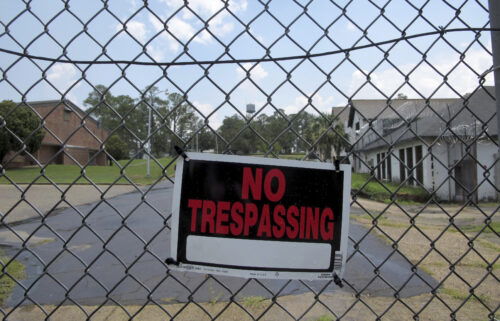Lincoln Electric System implementing new battery storage project in Haymarket
By SHEL RICKERT – Lincoln Journal Star, Neb. (TNS)
Lincoln Electric System is in the process of implementing a battery storage system in the Haymarket to offer backup power during peak usage times or outages.
The first-of-its-kind project, set to be finished in late 2025, involves large containers with 3-megawatt batteries that will be installed at a downtown Lincoln power substation.
The batteries will reduce the workload of other power systems in the area, releasing energy when needed and conserving it during calmer periods, said Scott Benson, the manager of resource and transmission planning for LES.
“For us, this is kind of a pilot,” Benson said. “It’s going to be a big battery to us and to the state of Nebraska, but not real big in the overall scheme of things.”
LES contracted with Bridge Renewable Energy, which develops, owns and operates battery storage systems, and Wattmore, a Colorado-based energy storage software firm, to lease the batteries for 11 years.
The arrangement is similar to how LES has contracted for wind and solar resources in the past. Bridge Renewable Energy will own the batteries and is responsible for financing the project, construction, maintenance and potential decommissioning. LES will then pay a fixed rate, the amount of which wasn’t disclosed, to tap into the batteries, regardless of how often they’re used.
The batteries are provided by Eos Energy, a battery manufacturing company.
According to Eos’ website, the batteries are made from zinc, which makes them more durable and less prone to catching fire.
Benson said the batteries have the capacity to power 750 Lincoln homes for four hours. Other battery storage systems of up to 15 megawatts also exist, Benson said.
The downtown Lincoln location was key to the decision to move forward with the battery storage project, Benson said. The system will be in the LES community microgrid, a collection of LES-controlled power generation resources and critical buildings in Lincoln.
The microgrid allows LES to isolate the downtown Lincoln power grid and restore power in the event of an outage.
“Three megawatts isn’t very big, but the microgrid is about 30 megawatts,” Benson said. “So when you put that battery down there, all of a sudden it becomes big, because you say, ‘Wow, that’s 10% of the load we can serve if we ever have to end up in the microgrid version.’”
The batteries will also provide potential cost savings, Benson said, because they can be charged when the price of power is low. Power can then be discharged from the batteries when energy prices are high.
The inaugural project will allow LES to learn and prepare better for the future.
“The big thing that we think can benefit Lincoln, in the long run, is that someday if we have a larger battery in our portfolio, you will no doubt be able to track it back to what we learned on this contract,” Benson said.
Top Journal Star photos for December 2024
(c)2024 Lincoln Journal Star, Neb.
Visit Lincoln Journal Star, Neb. at www.journalstar.com
Distributed by Tribune Content Agency, LLC.


